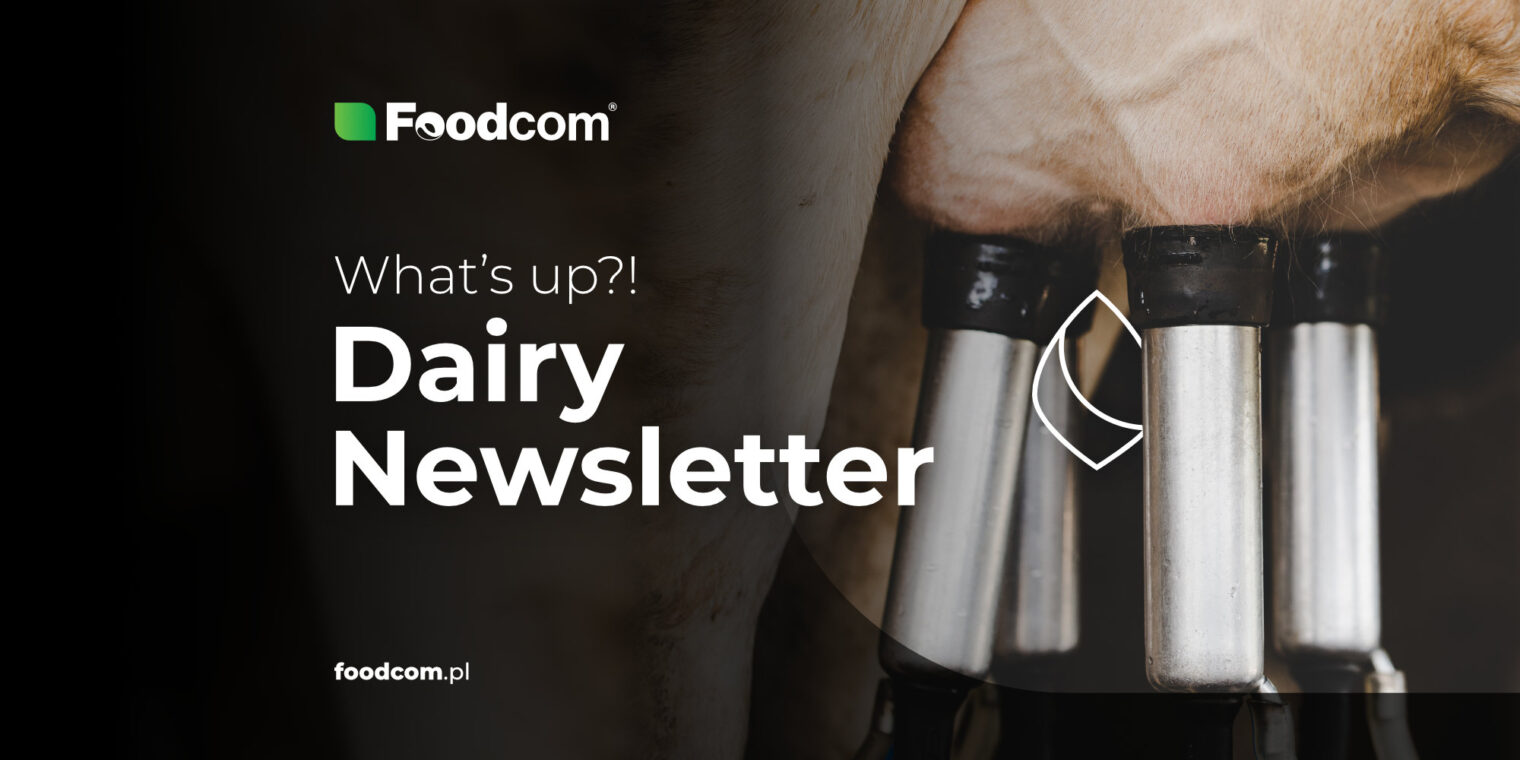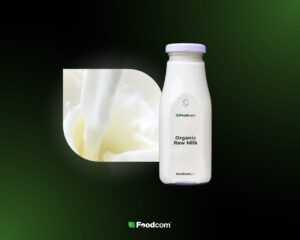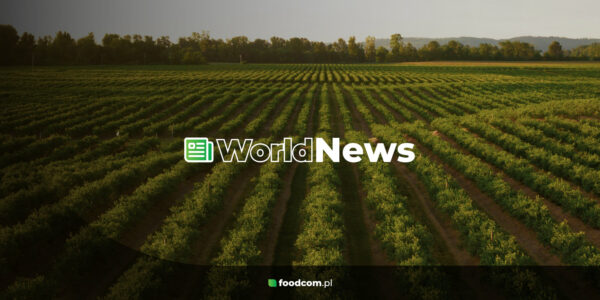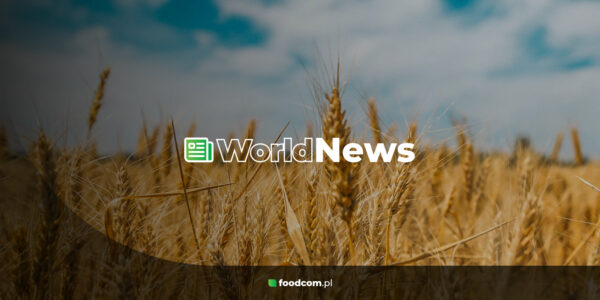- Demand for skimmed milk powder is showing signs of weakening, while prices for cheeses such as Gouda and Emmental remain stable, indicating a balanced market environment.
- Denmark is leading efforts to reduce agricultural emissions by subsidizing methane-reducing feed, and the US is stepping up biosecurity measures to prevent avian flu in dairy herds.
- The dairy fat sector, particularly butter and cream, is seeing price increases, indicating a resilient and optimistic market outlook.
Hello Partners! Welcome back to our Newsletter!
This market update provides an overview of the latest trends and prices in key dairy categories, including skimmed milk powder, cheese, fats and whey powder. The report looks at key developments in the European and North American markets, highlighting Denmark’s initiative to reduce agricultural emissions and the USA’s increased biosecurity measures against avian flu. Learn in detail how these factors are influencing market stability, impacting supply chains and shaping dairy pricing strategies worldwide.
Let’s take a look at what else is happening in the dairy market!
Products
Skimmed Milk Powder
Regarding SMP feed grade end customers are suggesting prices in the range of 2150 to 2200 EUR/MT, while traders are offering higher rates, around 2300 EUR/MT. It is likely that the actual price is at 2250 EUR/MT, reflecting the decline in market demand.
The market for food grade skimmed milk powder (SMP) remains stable with price offers in the range of 2280-2380 EUR/MT. Limited activity this week is indicative of a subdued atmosphere in the sector.
Cheese
In the second quarter of 2024, the cheese markets display remarkable price stability. Gouda, exceedingly popular among traders, maintains an average price around 3850 EUR/MT. Cheddar EU, particularly the young and fresh variety, shows little variation, with prices oscillating between 3950 and 4050 EUR/MT. Mozzarella blocks also demonstrate price steadiness, ranging from 3550 to 3600 EUR/MT. Emmental, commonly used for shredding, follows this uniform pattern with spot prices set between 4250 and 4500 EUR/MT. We are seeing greater demand for Cagliata from Southern Europe. Taken together, these figures depict a quarter marked by predictability and optimism in the cheese trading sector.
Fats
Firming trends see butter prices rise to 5850-5900 EUR/MT FCA, with Q3 and Q4 futures trading from 6100 EUR/MT to 6200 EUR/MT respectively, underlining the resilience of the market.
Liquids
Cream prices are reaching new highs in the 6800-6900 EUR/MT range, and there are even reports of prices as high as 7000 EUR/MT FCA. Although the favorable grilling weather only lasted one weekend, market sentiment remains optimistic.
In Germany and France, we are seeing corrections in skimmed milk concentrate prices, which have pushed prices down to 1650-1700 EUR/MT FCA. The reason for the decline is the ample supply created by the increased demand for fresh products that use cream in their production.
Forecasts for the European Union dairy market point to a subdued peak season due to poor weather delaying cows going to pasture. Spot prices remain stable with a slight downward trend, indicating that the current milk supply is sufficient to meet market demand.
Whey powders
Despite rumors of possible fluctuations, dry whey prices (SWP) for large shipments in the Netherlands appear to be hovering around 680 EUR/MT for the coming months of May and June. However, the lack of interest from buyers, partly due to market activity, is creating an uncertain mood in the market.
The majority of sweet whey concentrate transactions are in the price range of 400-450 EUR/MT FCA, which indicates a stable but also cautious attitude on the part of market participants. However, isolated spot transactions at lower prices close to 300 EUR/MT add an element of unpredictability to the overall market picture.
What else?
Europe
Denmark has allocated DKK 518 million ($74 million) to subsidize a feed additive that reduces methane emissions from cattle by 30%. The aim is to reduce agricultural emissions and meet the 2030 target of reducing emissions by 70% compared to 1990. The initiative, the first to include agricultural emissions in carbon pricing, supports the use of methane reduction technologies approved by the EU in 2022 with broad policy support and animal welfare standards.
North America
U.S. dairy farmers are tightening biosecurity protocols to prevent the spread of highly pathogenic avian influenza (HPAI), which has been detected in dairy herds in eight states, including South Dakota, North Carolina and Texas. Measures include restricting access to farms, disinfecting vehicles and removing trees to deter wild birds. The outbreaks, which have mainly affected lactating cows, have led to a decline in milk production and increased market volatility, with prices for milk futures initially falling. The USDA has recommended stringent testing and isolation measures for affected herds, but has not ordered quarantine. Farmers remain cautious and are taking additional precautions, such as disinfecting milking facilities and isolating new cattle, to reduce the risk of disease transmission.








